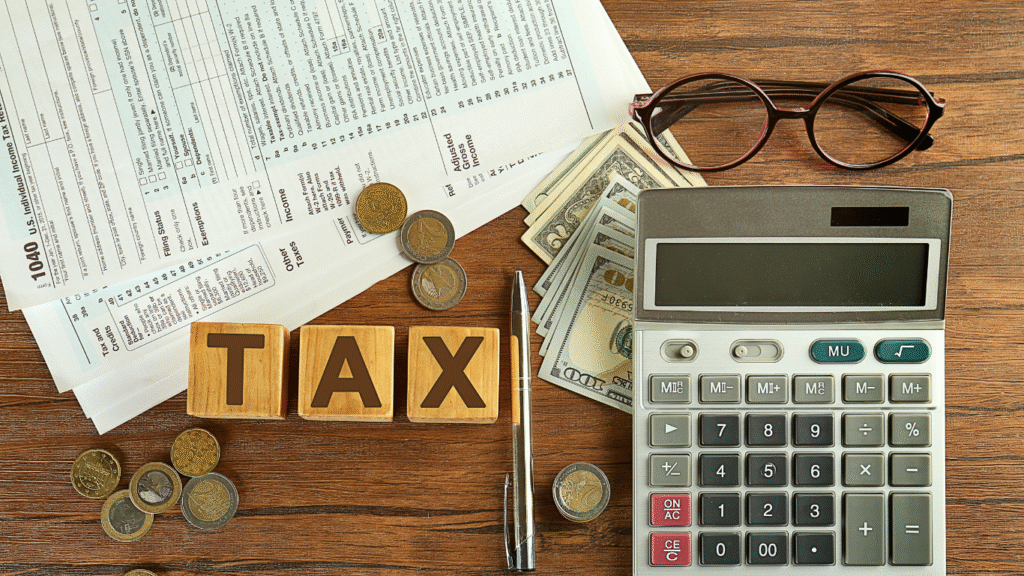The Federal Treasurer, Jim Chalmers, has announced significant changes to the government’s proposed $3 million superannuation tax — a move that’s expected to ease concerns among investors, retirees, and tax experts.
These adjustments aim to make the system fairer and more sustainable while giving trustees and high-balance super holders more certainty as they plan ahead for 2026.
Below, we unpack what’s changing, what it means for you, and how Boa & Co. can help you prepare.
1. The Tax Will Now Apply Only to Realised Earnings
The biggest change — and relief — for investors is that the new tax will only apply to realised earnings above $3 million.
✅ What this means:
Previously, the proposal included unrealised capital gains — meaning even paper increases in investment values could be taxed. This caused significant backlash, as it would have created liquidity issues for SMSFs and individuals with long-term or illiquid assets (like property or private equity).
Now, only actual realised income and gains will be subject to the higher 30% tax rate — a fairer and more practical approach for trustees.
2. The $3 Million Threshold Will Be Indexed
Another major improvement is that the $3 million cap will be indexed, ensuring it rises over time with inflation or average balances.
✅ What this means:
More Australians won’t be unintentionally caught in the tax net as super balances naturally grow. This indexing provides long-term predictability for wealth planning and SMSF contributions.
Boa & Co. can help model how indexation may impact your super balance over time and when you might approach the taxable threshold.
3. A New $10 Million Tier — Taxed at 40%
The revised plan introduces a second tax threshold: balances above $10 million will attract a 40% tax on earnings above that level.
✅ What this means:
This new tier targets ultra-high-net-worth accounts while maintaining fairness for those below. It also introduces progressive taxation within super, reflecting broader income tax principles.
For individuals and SMSFs near or above these thresholds, careful planning — including asset transfers, rebalancing, or alternate investment vehicles — may help manage future exposure.
4. Implementation Delayed to 1 July 2026
The proposed start date for the new super tax has been pushed to 1 July 2026, giving trustees and their advisors more time to prepare.
✅ What this means:
There’s now a two-year window to review your super structure, assess liquidity, and optimise contributions and withdrawals.
Boa & Co. recommends using this time to evaluate your SMSF strategy and identify opportunities to improve tax efficiency before the new system begins.
How Boa & Co. Chartered Accountants Can Help
At Boa & Co., we assist Sydney SMSF trustees and high-net-worth investors to:
- Analyse the impact of the 2026 super tax changes on your retirement plan
- Rebalance super and personal wealth structures for optimal tax outcomes
- Manage liquidity and capital gains exposure before 2026
- Implement compliant reporting and forecasting tools for future-proof wealth management
The Bottom Line
The government’s revised super tax is a measured compromise — fairer, indexed, and more practical for investors.
But with higher taxes on large balances and a new 40% tier, strategic planning is essential for anyone with substantial super assets.
📩 Contact Boa & Co. Chartered Accountants to review your SMSF and wealth strategy before the 2026 changes take effect:
📞 1300 952 286
📧 [email protected]
🌐 www.boanco.com.au
Stay informed. Stay structured. Stay confident.

